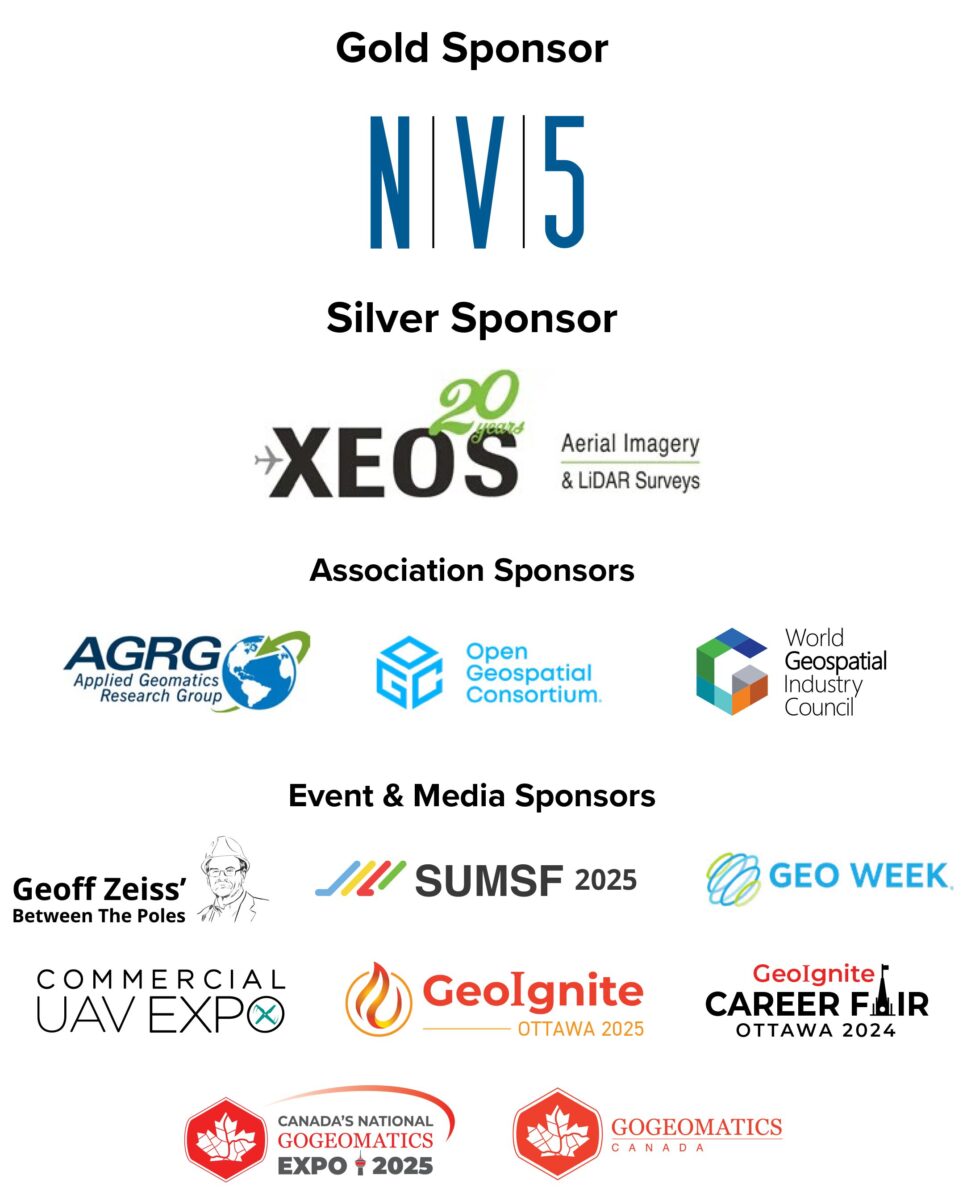
Among the critical topics addressed at the LidarCANEX event held recently was the impact of Solar Cycle 25 on Global Navigation Satellite System (GNSS)-dependent field operations — a subject of increasing importance for those engaged in reality capture and precise positioning. The presentation from Gavin Schrock, a geomatics expert, professional surveyor, and consulting editor for GoGeomatics, highlighted the need for proactive strategies in the face of heightened solar activity.
LidarCANEX is Canada’s premier annual event focused on the latest advancements in Lidar technology. Hosted virtually, the event brings together experts, professionals, and innovators in the geospatial industry to explore new techniques, tools, and trends that are shaping the future of Lidar and geospatial data.
Setting the Stage for Solar Cycle 25’s Impact
Schrock’s presentation aimed to equip attendees with practical insights and actionable strategies to mitigate the impacts on their daily operations. The session began with an introduction to the topic: “Solar Cycle 25 and the impacts on field operations.” The discussion underscored the importance of understanding the intricate relationship between solar conditions and GNSS performance, particularly for professionals relying on precise positioning for critical applications.
Emphasizing the integral role of GNSS in reality capture, Schrock laid out the scope of potential impacts, covering static GNSS post-processing, Post-Processed Kinematic (PPK), Real-Time Kinematic (RTK), multi-sensor systems, and even cellular communications. The session provided a comprehensive overview of the challenges and offered guidance on navigating the complexities of Solar Cycle 25.
Solar Activity and GNSS Disruption
Schrock then delved into the specifics of Solar Cycle 25, noting its early start and stronger-than-predicted intensity, peaking in 2025. He outlined the potential disruptions: longer fix times, difficulty maintaining fixes, poor residuals, failure to fix, and even complete GNSS loss. A chart from Space Weather Canada displayed the wide range of impacts, from power systems to aeromagnetic surveys.
The Gannon Storm and User Experiences
The session moved to real-world examples, focusing on the Gannon storm of May 2024, the largest in 20 years. The I-95 Ionospheric Index and KP Index were introduced as tools to track and predict solar activity. Schrock presented data showing the storm’s progression, from normal conditions to a significant spike in activity. User experiences from Washington State and Europe were shared, highlighting slow fixes, no fixes, poor residuals, and cellular issues.
Equipment, Planning, and Prediction
The focus shifted to mitigation strategies. Schrock emphasized the importance of newer multi-constellation receivers with ionospheric mitigation features. Older equipment, particularly low-cost boards, struggled significantly. He stressed that while high-end equipment handles storms better, planning and prediction are crucial for all users. Prediction tools, like the NOAA Space Weather Dashboard and Space Weather Canada, were recommended. The session emphasized that the three-day outlook is the most reliable tool.
Ionospheric Effects and Scintillation
The session then delved into the technical details of ionospheric currents, ranging errors, and scintillation. Schrock explained how solar events affect the ionosphere, particularly at the geomagnetic equator and northern latitudes. He highlighted scintillation as a “wild card,” causing unpredictable signal disruptions.
Using Prediction Tools and Building Rules of Thumb
Schrock provided practical guidance on using prediction tools, emphasizing the KP index and I-95 index. He suggested comparing field experiences with prediction plots and building personalized “rules of thumb” based on equipment and location. Mitigation approaches like short baselines and network RTK were discussed. The importance of keeping firmware updated and understanding receiver mitigation tools was also highlighted.
Addressing Concerns and Looking Ahead
The session concluded with a Q&A segment. Schrock addressed concerns about the accuracy of data collected during solar storms and the potential for post-processing. He reiterated the limitations of low-cost equipment and the need for careful planning. The session wrapped up by emphasizing GNSS’s integral role in reality capture and the importance of staying informed about Solar Cycle 25. The key takeaway was that by understanding the potential impacts and implementing proactive measures, professionals can minimize disruptions and maintain the integrity of their geospatial data.
LidarCANEX 2026
If you are a Lidar enthusiast or want to learn more, join us for LidarCANEX 2026 and keep an eye on the website: https://lidarcanex.com/.
And here is the sign-up form to get more information for LidarCANEX 2026 in your inbox.






Be the first to comment